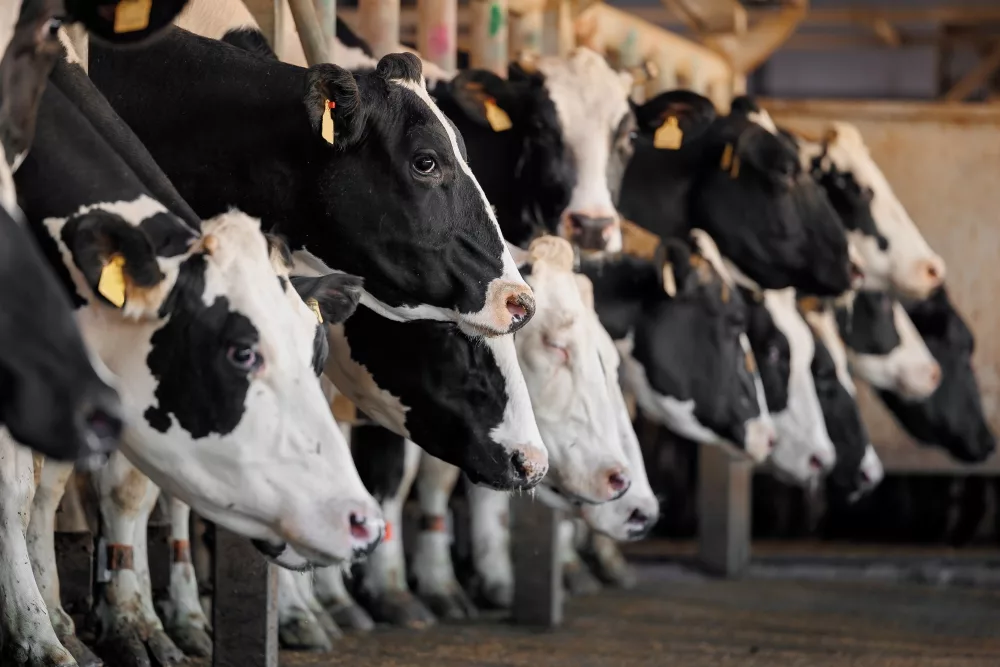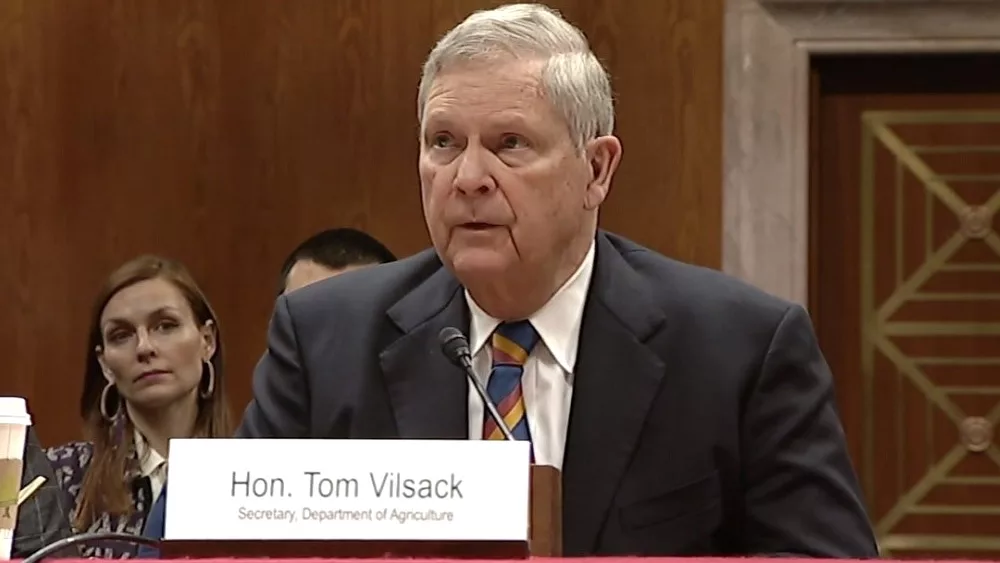The Federal Trade Commission (FTC) and USDA are launching reviews of food labeling standards to target those making false claims about where their products, including food, are from.
The FTC recently announced “top-to-bottom” review of the Made in USA standard for food labeling, and USDA says it’s supporting an effort to “promote transparency” by starting its own review of labeling for products regulated by the Food Safety and Inspection Service (FSIS).
The new FTC rule aims to “crack down” on marketers who make false, unqualified claims that their products are Made in the USA, an issue the USDA says it’s received numerous complaints about when it comes to meat packaging.
Under the rule, marketers making unqualified Made in USA claims on labels should be able to prove that their products are “all or virtually all” made in the United States.
According to the FTC, the new rule will especially benefit small businesses that rely on the Made in USA label but lack the resources to defend themselves from imitators.
Ag Secretary Tom Vilsack said the move will enhance the FTC’s ability to enforce the Made in USA standard, and announced USDA is launching its own initiative on labeling for products regulated by the FSIS.
“We have taken note of the many comments submitted to USDA and the FTC regarding meat labeling and understand that the current ‘Product of USA’ label on meat products may no longer effectively serve either of those purposes, to the detriment of consumers, producers, and fair and competitive markets,” Vilsack said in a statement.
USDA stated it wants to ensure that the Product of USA label reflects what a plain understanding of those terms mean to U.S. consumers.
“Farm Bureau supports Voluntary Country of Origin Labeling that is in compliance with WTO standards and truth in labeling,” said Ernie Birchmeier, Michigan Farm Bureau livestock specialist.
“It is important that any rules that are put in place come with funding to implement a new program should not impose undue burden or costs on farmers and producers. As this process moves forward, it would make logical sense that those who are impacted by any changes be involved in developing solutions.”





